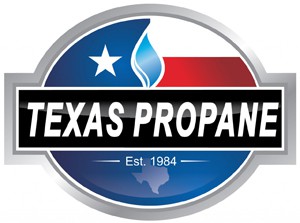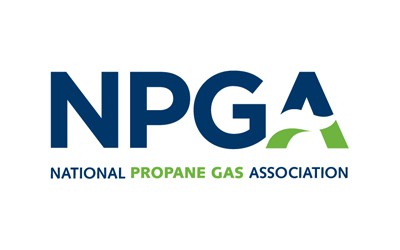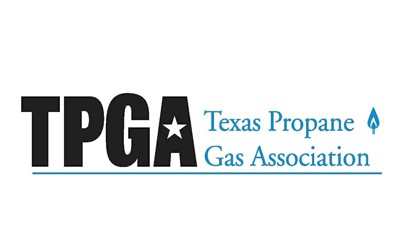Float/Dial Gauge
The float/dial gauge is the most important propane tank gauge: it enables you to check the level of propane in your tank. If you have asked your propane company to delivery gas automatically, they will calculate your propane usage and fill your tank when they work out that your level is dropping too low (below 20%). However, if you call in each propane delivery the float/dial propane tank gauge is crucial since you will use it to know when to call your propane company and ask for a propane gas delivery.
The Float/Dial Gauge if on Automatic Delivery
In both cases, your float/dial propane tank gauge can help you save money. If you have selected automatic delivery you should still check your float/dial propane tank gauge because it will help you verify that your propane company has a corrected usage estimate for your home (and has not over- or underestimated your consumption). It also enables you to check on the price your propane company is charging you before your delivery (even if they are automatic) and ensure it is as close as possible to the market price.
The Float/Dial Gauge if on Will Call
If you are on will call (i.e., you call your propane company each time you need propane delivered) your float or dial propane tank gauge is crucial to avoid running out of propane. If you do run out of propane you will need to have a leak test performed (at a cost of around $50 depending on your propane dealer). Also, regularly checking your gauge enables you to plan your next delivery and monitor the market propane price to order propane at the best time. For example, your gauge may read 50% but if propane is cheaper (and depending on delivery fees – also called fuel recovery charge) it might be wise to fill your tank then.
Operating Your Float/Dial Gauge
Reading your float/dial propane tank gauge involves lifting the cover at the top of your tank a little (6-8 inches), letting it fall down to the tank, and finding the percent gauge with an accurate figure between 0 and 100. You should note that the reading is approximate and should not be relied on for filling your propane tank.
The fixed level gauge
The fixed level propane tank gauge is used during a propane delivery. Once the propane truck has driven into your property and is connected to your propane tank, the qualified service technician will need to know when to stop filling your tank. Propane tanks are usually considered full at 80% and the fixed level gauge indicates when this level is reached so the technician can stop filling your tank.








I’m new to using propane, so thanks for the tips on reading the gauge. I certainly don’t want to run out as the weather is starting to cool off a bit. I like your suggestion on keeping an eye on my tank and ordering more if the prices are low. I’ll have to try that.